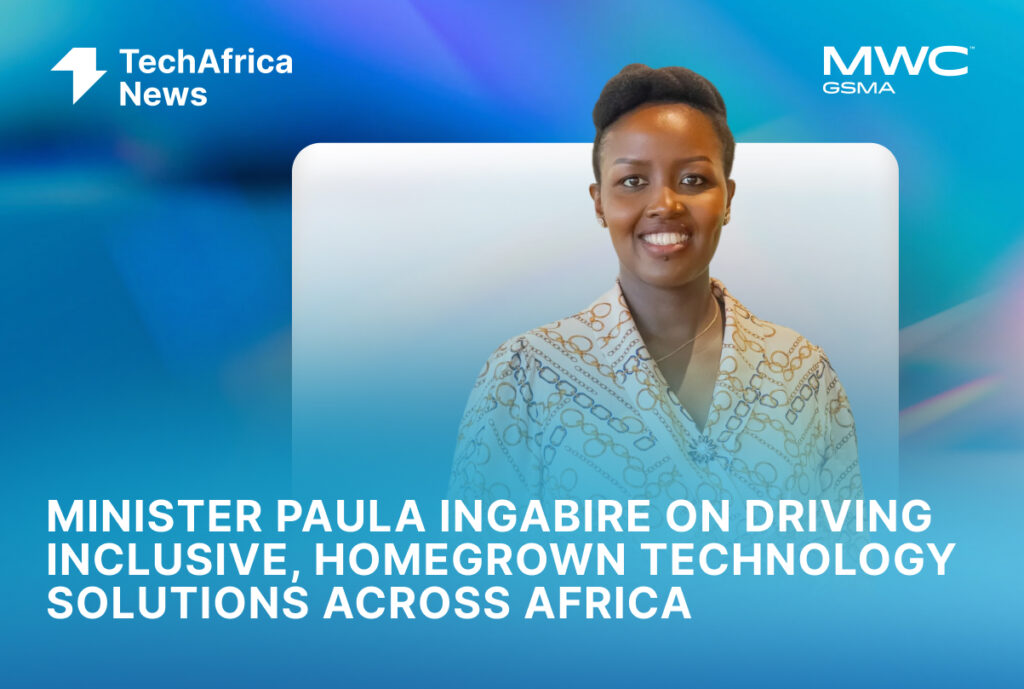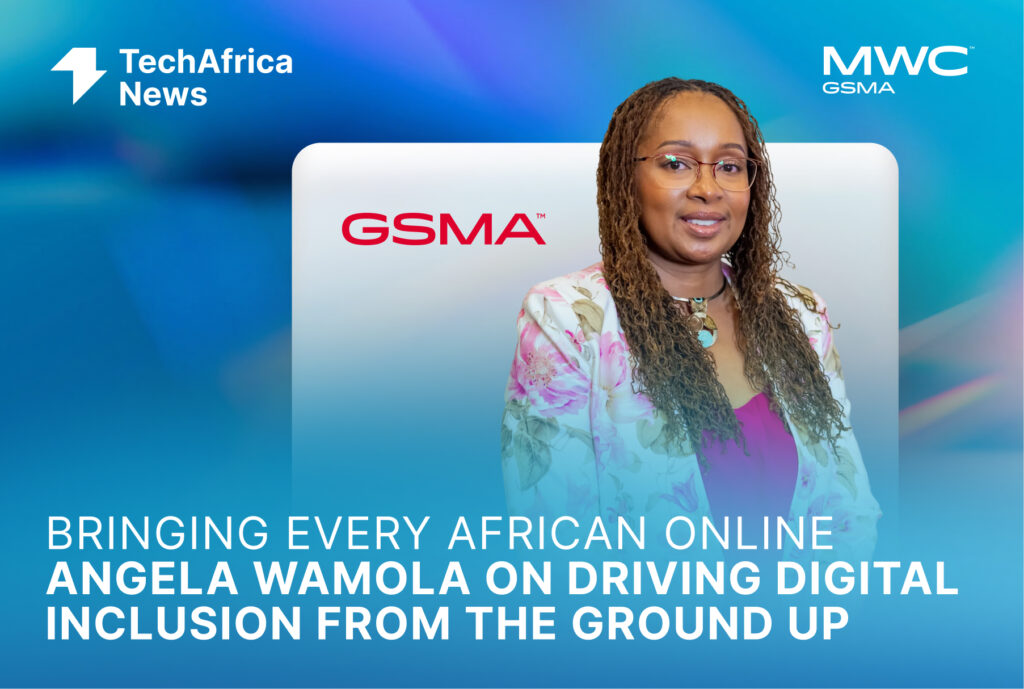Mobile’s Second Life: The Rise of Sustainable Phones and E-Waste Solutions
Consumer demand for sustainable phones is surging, driving a $150B circular market. Mobile operators embrace refurbishment, repairs, and e-waste reduction.

Fast-changing consumer attitudes towards repair and reuse of mobile phones are driving a rapidly growing market for ‘circular’ devices and services which could exceed $150bn by 2027, according to a new report published today by the GSMA, which represents mobile operators worldwide.
As technology leaders prepare to gather for MWC25 Barcelona, the world’s largest and most influential connectivity event, the GSMA’s ‘Rethinking Mobile Phones: the Business Case for Circularity ’ report which surveyed more than 10,000 mobile phone users across 26 countries worldwide, shows that evolving consumer attitudes, regulatory changes and the growing impacts of e-waste are converging to challenge the traditional linear business model of the mobile phone industry.
With more than 70% of consumers surveyed globally stating that they would be prepared to spend more for environmentally friendly phones, the report highlights the growing opportunity for the mobile industry to embrace circularity, not simply for positive environmental reasons, but also commercial benefits.
Within the report, a survey of 31 operators from around the world highlights how they are embracing circular business models. 90% of operators surveyed already operate at least one circular business model, with refurbishment and e-waste management being the most popular. However, respondents recognised huge potential in scaling up further; 80% with refurb programmes thought ‘a lot more’ could be done. This could include developing leasing, renewal and upgrade propositions which would tap into new revenue streams, increase customer loyalty, and provide quality assurance.
Fast-growing consumer demand for green and refurbished phones, as well as repair services, is a fantastic business opportunity for the mobile industry. Unlocking this requires strong collaboration across the value chain, helped by enabling policies and incentives from governments, bringing together manufacturers, mobile operators, refurbishers, repairers, and recyclers to address key barriers to unlock new revenue streams and future-proof business models.
– Steven Moore, Head of Climate Action, GSMA
Consumers want more durable and sustainable devices
Sales of new mobiles have slowed in recent years, with consumers holding on to devices for a year longer than a decade ago, and many turning to the rapidly growing market for used and refurbished phones. This shift reflects growing consumer interest in refurbished phones as a way to save money, get a higher end device, and minimise environmental impacts.
85% of consumers globally consider sustainability to be important when purchasing a device, exceeding other criteria such as device aesthetics (73%) and AI capabilities (67%). One in six phones sold in France last year was refurbished, while over half of Indian consumers surveyed were likely to consider refurbished for their next phone purchase. Two-thirds of consumers surveyed globally reported needing to have their current or previous phone repaired.
Business benefits of circularity
The report shows that circularity is no longer just an environmental imperative – it’s a major business opportunity. The growing market for refurbished devices and repair services – projected to exceed $150 billion globally by 2027 – offers new revenue streams for both manufacturers and operators. Making durable and repairable devices fosters customer satisfaction and loyalty, strengthens brand image and resonates with environmentally conscious consumers and investors.
Beyond financial gains, circularity strengthens local economies, reduces reliance on mining and imports, expands digital access and creates new economic job opportunities. The potential is not limited to phones themselves; the GSMA recently developed an online marketplace for mobile operators to resell and reuse network equipment, which is now being used by more than 40 operators, delivering both financial and carbon savings for the industry.
With the average mobile phone user having more than one old phone sitting unused at home, the report estimates there are around 5-10 billion dormant devices worldwide, containing 100,000 tonnes of copper, 7 million ounces of gold, and a million ounces of palladium – worth around $20 billion. Given the growing strategic importance of critical minerals, old phones and electronics are becoming an important source of materials in many countries.
Tackling e-waste and emissions
In 2024, over 1.2 billion new smartphones were sold, generating over 60 million tonnes (Mt) of CO2 emissions from manufacturing – equivalent to the annual carbon output of countries such as Morocco or Romania. According to the UN, e-waste generates annual external costs of $78 billion to both people and the environment. Repairing and refurbishing mobile devices can reduce e-waste and reduce emissions – with 80-90% lower carbon emissions than manufacturing new devices.
Mobile operators already pursuing circularity strategies include Telefonica, Orange, Deutsche Telekom, Vodafone and KDDI, whilst Samsung, Apple and Fairphone are among the device manufacturers greening their supply chains and the eco-design of their devices.
The report also notes that governments worldwide are increasingly introducing policies to encourage circularity. For example, new European Union regulations on eco-design requirements related to repair and reuse, durability and recycling will come into force later this year. Emerging policies and strategies in the United States of America, Canada, Brazil and India are also promoting repair and reuse, reinforcing a long-term sustainability vision centred on circularity.






